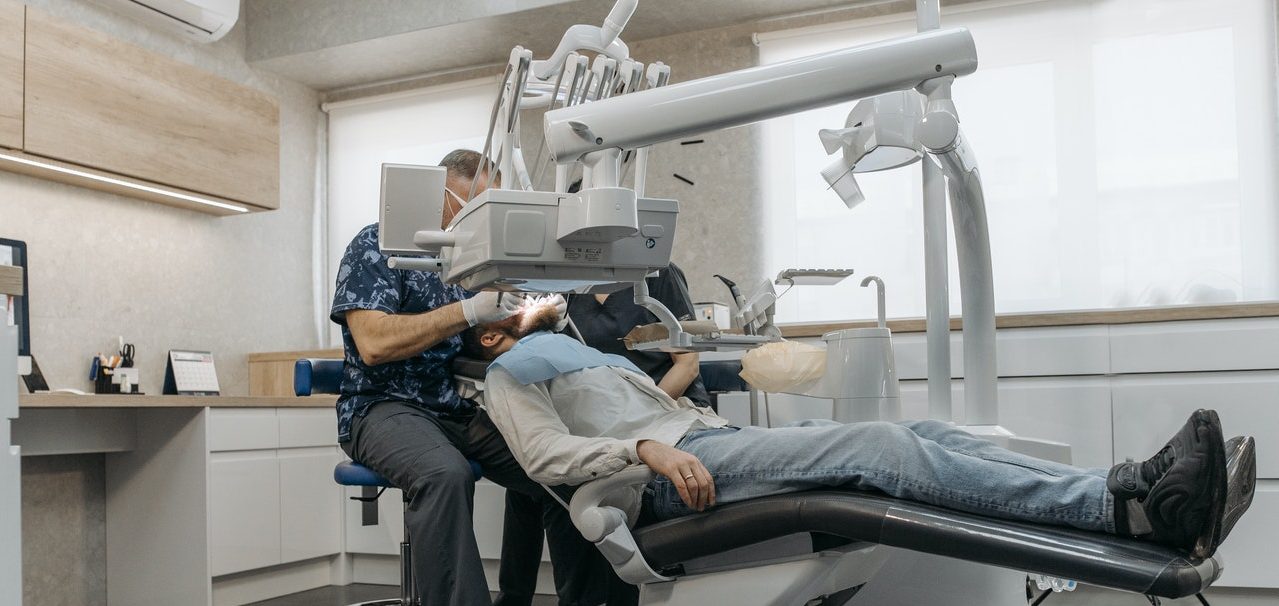How to pick good audio for the conference room
วิธีเลือกเสียงที่ดีสำหรับห้องประชุม
ในห้องประชุม การนำเสนอสไลด์วิดีโอและการนำเสนอด้วยเสียงเป็นเรื่องปกติธรรมดา ด้วยเทคโนโลยีล่าสุด Smart Glass Thailand ระบบเสียงจึงเป็นทางออกที่ยอดเยี่ยมในการดึงดูดความสนใจ จะทำให้ความพยายามใด ๆ ในการทำงานร่วมกันเพื่อค้นหาระบบเสียงที่ดีที่สุด คุณคิดเกี่ยวกับวิธีการเลือกเสียงที่ดีสำหรับห้องประชุมหรือไม่? อย่าตกใจ อ่านบทความนี้และได้รับความคิดที่ดี อะคูสติกในห้องมักจะให้เสียงที่มีคุณภาพในระหว่างการนำเสนอ โดยทั่วไปแล้วจะได้รับการออกแบบมาให้มีคุณภาพเสียงที่ยอดเยี่ยมในขณะที่นำเสนอ โชคดีที่ห้องประชุมต้องมีผลกระทบต่อคุณภาพอย่างมากในการแจ้งให้ทราบของแขก ห้องประชุมต้องมีพื้นที่เพียงพอ จึงต้องปรับเปลี่ยนตามความเหมาะสม ทุกระบบประกอบด้วยองค์ประกอบหลายอย่าง คุณต้องเลือกวัตถุประสงค์เฉพาะของพื้นที่และตามการจัดที่นั่ง สำหรับพื้นที่การประชุมขนาดเล็ก อาจไม่จำเป็นต้องใช้อุปกรณ์เสียงเฉพาะ แน่นอนว่ามันจะทำให้ความสนใจของคุณเป็นที่น่าพอใจเมื่อคุณมีเสียงที่ดีสำหรับห้องประชุม

- ต้องมีการกระจายตัวที่เหมาะสมที่สุด
วิทยากรเผชิญหน้าสิ่งสำคัญในห้องประชุม Chiefway Smart Glass ช่วยให้ทุกคนได้ยินเสียงที่ยอดเยี่ยมโดยไม่มีปัญหาใดๆ ระบบเสียงควรผ่านการประชุมทางไกลที่ปลายอีกด้านหนึ่ง ระบบเสียงพิจารณาระดับเสียงโดยการประเมินเพลงที่ยอดเยี่ยม มิฉะนั้น ระบบเสียงรอบทิศทางภายในบ้านจะให้ระดับเสียงที่สม่ำเสมอผ่านพื้นที่ มักเกิดขึ้นเมื่อเสียงออกในพื้นที่ขนาดเล็ก
- จัดเรียงให้มีความชัดเจนสูงสุด
ระบบเสียงสำหรับห้องประชุมเป็นพื้นฐานเพราะต้องจัดวางให้มีความชัดเจนสูงสุด สามารถยกระดับคุณภาพเสียงได้โดยไม่ยุ่งยาก ต้องจัดให้มีความชัดเจนที่เหมาะสมที่สุดเพียงไม่กี่ฟุต พวกเขาควรพิจารณาไมโครโฟนที่มองไม่เห็นให้พูดอย่างชัดเจน ต้องเชื่อมต่อกับด้านข้างของผนัง ด้วยคุณภาพเสียงที่ยอดเยี่ยม แขกสามารถได้ยินเสียงที่ชัดเจนขณะพูด

- อุปกรณ์และซอฟต์แวร์ประมวลผลเสียงที่เหมาะสม
เมื่อคุณติดตั้งระบบเสียงสำหรับห้องประชุม จะต้องเป็นอุปกรณ์ประมวลผลเสียงที่เหมาะสม https://chiefway.com.my/th/smart-glass/ ซอฟต์แวร์ต้องเป็นของแท้และสามารถให้คุณภาพที่ดีเยี่ยม ใช้ซอฟต์แวร์เช่นซอฟต์แวร์ตัดเสียงสะท้อนเพื่อป้องกันเสียงรบกวน ยังรักษาความคมชัดของเอาต์พุตให้อยู่ในสภาพดี ส่วนประกอบต้องรบกวนพื้นผิวควบคุมด้วยระบบเสียง มีตำแหน่งและประสิทธิภาพที่ยอดเยี่ยมเมื่อคุณมีซอฟต์แวร์เสียงที่ดี
- เทคโนโลยีปิดเสียง
เสียงรบกวนจากภายนอกควรหลีกเลี่ยงโดยสิ้นเชิง สำหรับห้องประชุม ระบบเสียงต้องมีเทคโนโลยีปิดเสียง โดยจะตัดเสียงรบกวนจากภายนอกเข้ามาภายในห้อง สามารถใช้ลำโพงเพื่อส่งสัญญาณเสียงสีขาวที่สม่ำเสมอ ดังนั้นจึงถือว่าระบบเสียงที่เพียงพอและได้ยินด้วยคุณภาพเสียงที่ยอดเยี่ยม
- ต้องมียกเสียง
หากห้องประชุมมีขนาดใหญ่ ระบบเสียงต้องมีลิฟต์เสียง กว้างขวางกว่าที่พวกเขาจะได้ยินโดยปราศจากปัญหา ให้คุณภาพเสียงที่ดีขึ้นและให้คำพูดแก่แขกจำนวนมากขึ้น ในขณะเดียวกันก็ให้ความชัดเจนในการพูดที่ยอดเยี่ยมของผู้นำเสนอ มันจะจัดยกเสียงโดยใช้แฟชั่นย้อนกลับ
บทสรุป
สรุป คุณต้องชอบระบบเสียงที่ดีสำหรับห้องประชุม ทุกคนจะได้รับทราบแนวคิดที่ชัดเจนเกี่ยวกับระบบเสียง สำหรับการนำเสนอ คุณต้องใช้ระบบเสียงที่ดีพร้อมเอฟเฟกต์ที่ละเอียดอ่อน
…

 Despite the climate and the inhospitable nature of the desert, there live a large number of animal species adapted to these conditions, some of them rare species, others harmless and many others very dangerous, if you want to know more about this interesting topic, keep reading.
Despite the climate and the inhospitable nature of the desert, there live a large number of animal species adapted to these conditions, some of them rare species, others harmless and many others very dangerous, if you want to know more about this interesting topic, keep reading.
 In this article we will tell you about three clinical cases that have had great relevance throughout history and are still studied by professionals and students at different universities.
In this article we will tell you about three clinical cases that have had great relevance throughout history and are still studied by professionals and students at different universities.